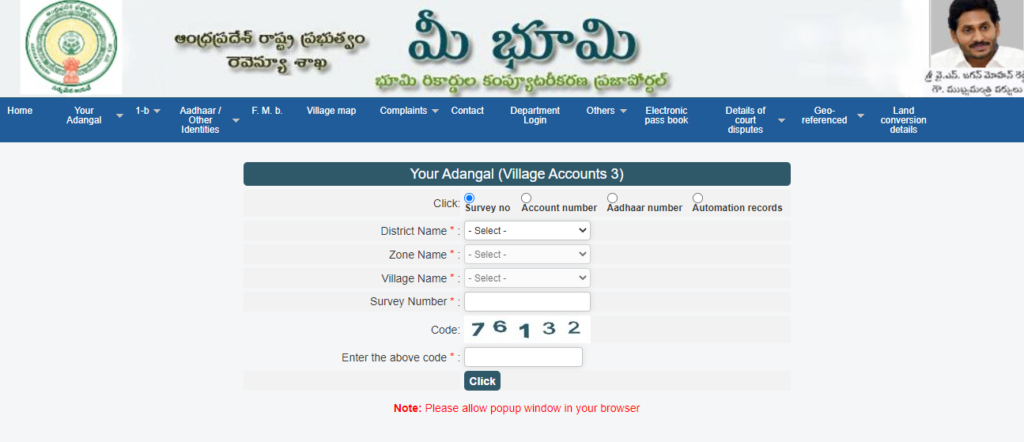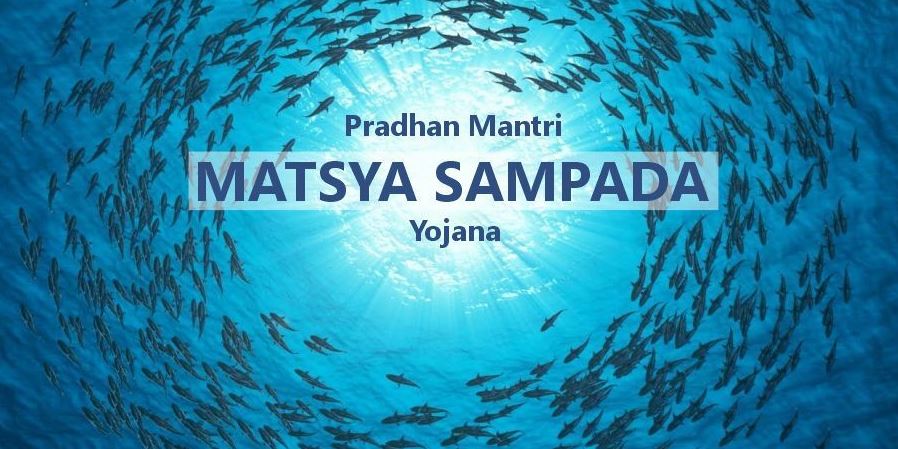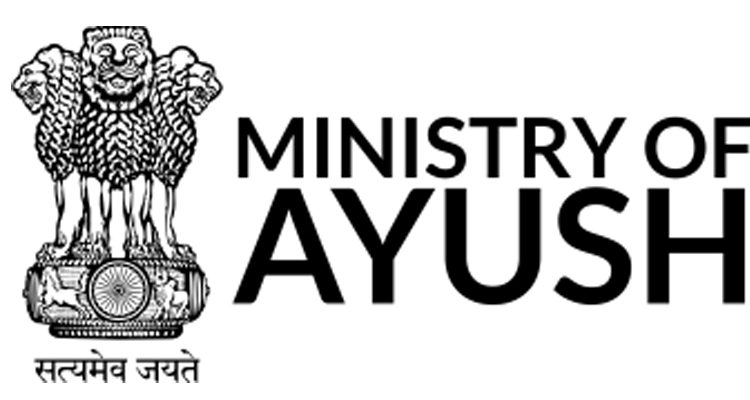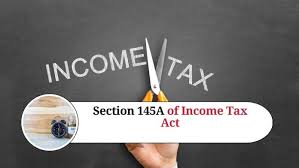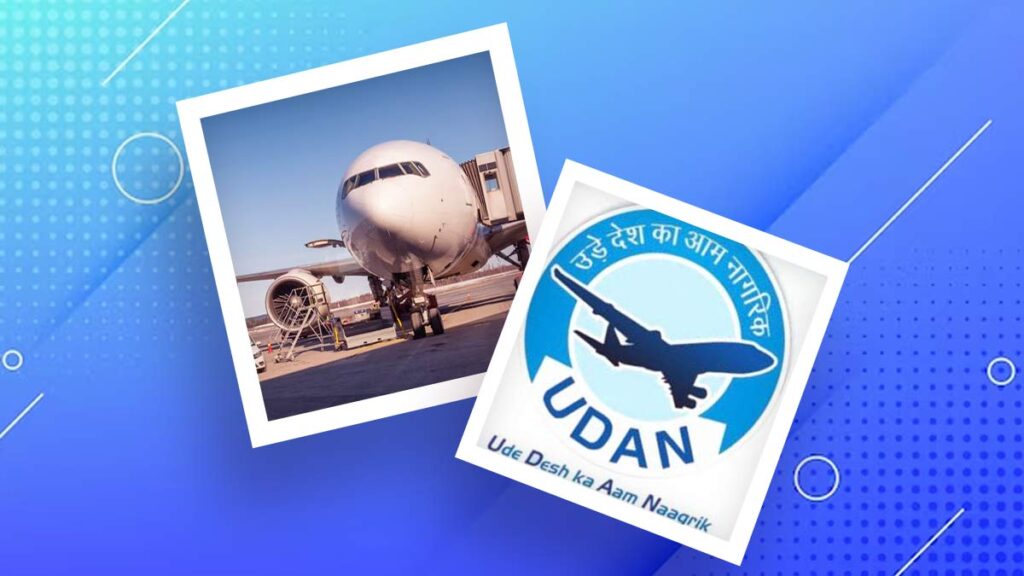Income Tax is levied on a person who was in India for 182 days during the previous tax year or the person who was in India for at least 60 days during the previous tax year and for at least 365 days during the preceding 4 years will be taxed. Section 17 under the Income Tax Act includes the detail of the benefits provided by the employer to the employees. While filing income Tax Return, the most prominent income head is considered salary. Sub-Section (1) of Section 17 covers the explanation of salary What is Salary under Section 17(1)? Salary is a much broader term than what we understood. Salary is used when there is an employer-employee relationship between the payee and the payer. While calculating the income under the head salaries, the total amount of salary, perquisites, and profits provided in place of a salary received in a financial year must be calculated. Salary is used most frequently while filing the income tax return. All salaried individuals with income above the exemption limit must file the ITR. Incomes Classified as “Salary” Under Section 17(1) are:- Wages- Wages refer to the payment or remuneration given to an employee in exchange for their work or services rendered. It is typically paid hourly for blue-collar jobs, such as factory workers, mechanics, or construction workers. It is fully taxable under Section 15 if received during the relevant previous year. Annuity or pension- An annuity or pension is amount received by an individual that provides a fixed stream of payments over a certain period, typically after retirement. It is designed to provide a steady income to help individuals meet their financial needs in retirement. Annuity received from a present employer is taxed as ‘Salary while the Annuity received from a previous employer is taxed as ‘Profits in lieu of Salary’. Advance of salary- An advance of salary is a payment made by an employer to an employee before the employee’s regular salary payment date. This payment is usually made in anticipation of an employee’s financial need or emergency.It is fully taxable under Section 15. Gratuity- Gratuity is a lump-sum payment made by an employer to an employee as a token of appreciation for the employee’s long and meritorious service. It is a type of retirement benefit and is usually paid when an employee completes a certain period of service with the employer, such as 5 or 10 years. Taxed as per Section 10(10) and is exempted up to certain limits. Fees, commissions, perquisites- Fees, commissions, and perquisites are types of income that an individual may receive as part of their employment or business activities. An amount received as fees to the employee from the employer for the services rendered is included in the definition of salary. Any amount of commissions given to the employee for the services provided shall form part of the salary. If the employee receives a fixed commission as a percentage of the sales or profits, it shall be considered a salary. Perquisites, also known as perks, are benefits or privileges provided to an employee in addition to their regular salary or wages. This is explained more under Section 17 (2). Profits in lieu of salary- Profits in lieu of salary refer to any payment or benefit received by an employee in connection with their employment, other than salary or wages. This can include bonuses, commissions, incentives, allowances, or any other form of compensation not classified as salary. This is explained more under Section 17(3). Leave encashment- Leave encashment is a payment made to an employee in lieu of the employee taking their entitled leave. In other words, it is the amount paid to an employee for the unutilized leave days they are entitled to. EPF- EPF stands for Employees’ Provident Fund, a retirement savings scheme for salaried employees in India. The scheme is managed and regulated by the Employees’ Provident Fund Organization (EPFO), a statutory body under the Ministry of Labour and Employment. NPS- A contribution made by the Central Government or any other employer in a financial year in an employee’s account under National Pension Scheme (NPS) will form part of the salary. Transferred PF balance- The taxable portion of the transferred balance from an unrecognized provident fund to a recognized provident fund will be considered salary. New Income Tax Regime Budget 2023 Onwards Slab Rate Tax Rate Upto ₹ 3,00,000 Nil ₹ 3,00,000 – ₹ 6,00,000 5% on income which exceeds ₹.3,00,000 ₹ 6,00,000 – ₹ 9,00,000 ₹ 15,000 + 10% on income more than ₹.6,00,000 ₹ 9,00,000 – ₹ 12,00,000 ₹.45,000 + 15% on income more than ₹.9,00,000 ₹ 12,00,000 – ₹ 15,00,000 ₹.90,000 + 20% on income more than ₹.12,00,000 Above ₹ 15,00,000 ₹.1,50,000 + 30% on income more than ₹.15,00,000 What is the basis of salary income being charged? The salary income is charged on the basis of Section 15 of the Income Tax Act. It is charged on a ‘receipt basis’ or ‘due basis,’ whichever is earlier. A salary received in a particular financial year comprises of:- Any advance amount paid to the employee before it became due or payable. Any salary due to the employee during the year. Arrears of salary paid to the employee during the year and not charged to tax in any earlier years Taxability of Various Salary Components Salary Component Taxability under Income Tax Act Basic salary Taxable Dearness allowance Taxable Advance salary Taxable in the year received Arrears of salary Taxable in the year received, if not taxed on due basis Leave encashment at time of retirement Taxable – Exempt in some scenarios Salary in lieu of notice Taxable on receipt Salary to partner Taxable under the head of “Profits and gains of business or profession” Fees and commission Taxable Bonus Taxable Gratuity Taxable – Exempt in some scenarios Pension Taxable – Exempt in some scenarios Annuity from Employer Taxable Retrenchment compensation Exempt from tax to a certain extent Remuneration for extra work Taxable Salary to Foreign Citizens Taxable – Exempt in some scenarios FAQs How much tax is deducted from salary in india
